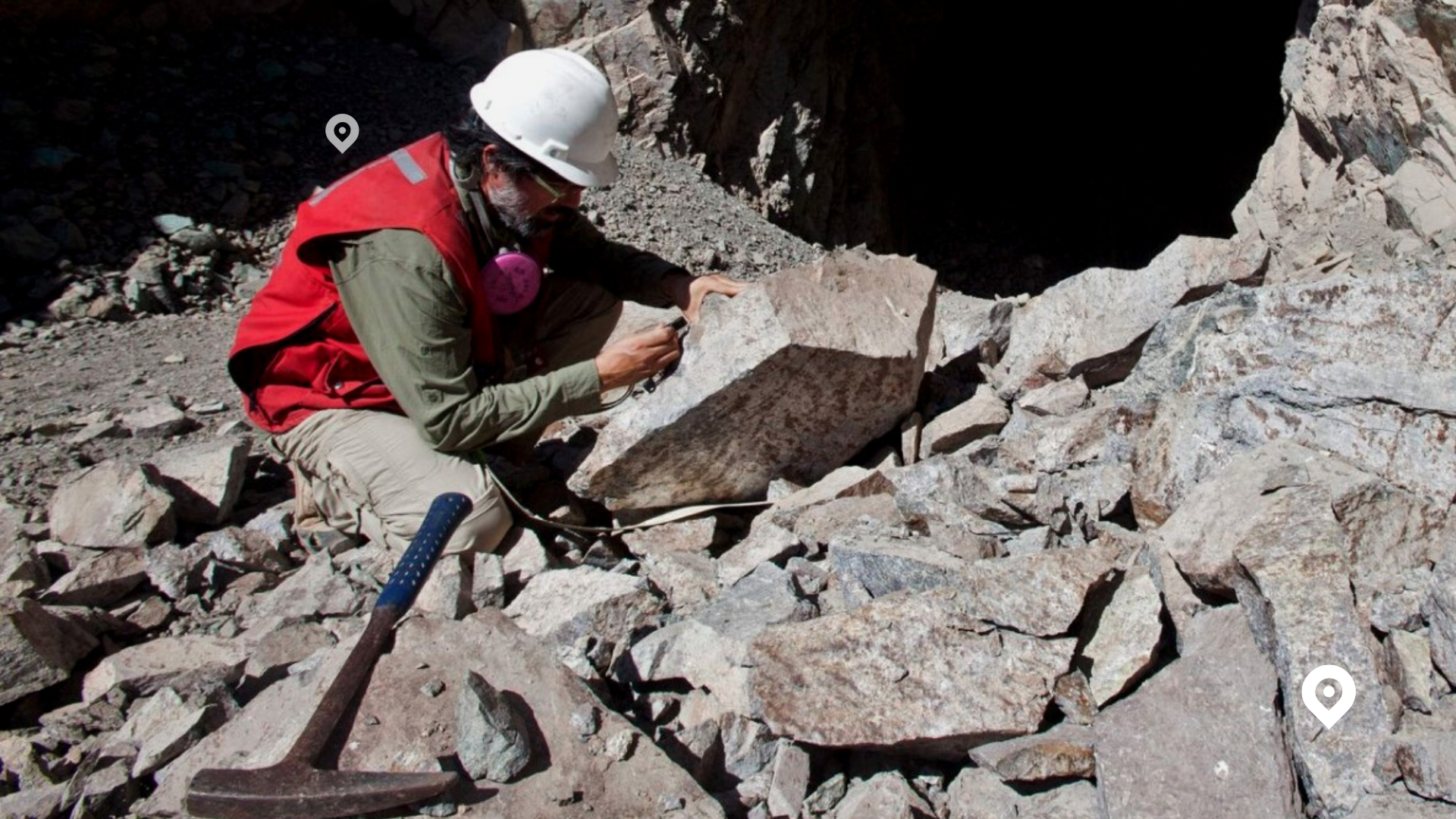01.09.2021
Digitalization saves lives

What is the most precious asset of every company – no matter what vertical it is active in? Of course, it’s their employees. What sounds like an empty platitude that could be voiced by every other „Chief Happiness Officer“, is a very serious matter for many companies all over the world.
Let’s look at some plain figures: Every year more than 2.78 million people die because of occupational accidents or work-related disease according to the International Labour Organisation (ILO). Additionally, there are some 374 million non-fatal work-related injuries each year, resulting in more than 4 days of absences from work. The human cost of this daily adversity is vast, and the economic burden of poor occupational safety and health practices is estimated at 3.94 per cent of global Gross Domestic Product each year.
One of the verticals where employees are especially in danger of (fatal) accidents is the mining industry. Due to the nature of mineral extraction – literally drilling into the surface of the earth and sending humans into cavernous and potentially toxic spaces with heavy machinery and equipment – mining is an extremely dangerous job. With a death toll that reflects this. Even though the mining industry employs „only“ 1% of the global labour force, 8 % of all fatal occupational fatal accidents occur in the mining sector.
If we leave all ethical aspects aside for once, a German study concludes that the value of a statistical life for employees subject to social security contributions is 1.65 million euros. Of course, this financial aspect is only one of many why occupational health and safety are supposed to be one of the top priorities of every company. In the meantime, digitalization has become one of the core elements when talking about the improvement of worker’s safety.
Especially in the mining business digitalization is key. Huge working areas with many solo-workers make communication and location in case of an accident – when time matters most – difficult. This is where Asset or in this case People tracking comes into play as a means of security and safety. Additionally, to automatically tracking working times the location of every worker can be checked whenever there is reason for concern. Especially, for example, if a person does not arrive on time or at the agreed time at the assembly point.
Thanks to its partnership with Actility / Abeeway and the integration of their hardware in our solution Favendo is able to offer a seamless indoor and outdoor tracking solution that is based on Bluetooth low energy and LoRaWAN. Our system delivers reliable positioning information even in the most challenging environments like mining pits which are by nature highly ferrous and electromagnetic. Our equipment is ATEX-certified and can be deployed in hazardous areas.
By deploying sensor tags which can measure for example temperature, humidity, acceleration or air pressure, it is also possible to monitor working conditions in real time and take action as soon as parameters differ from norm.
That’s why implementing an asset tracking system, or more precisely a person tracking system, is much more than a – potentially expensive – digital gimmick. It can help to save lives and avoid occupational accidents at the click of a button.
You can go even one step further in combining our seamless indoor and outdoor tracking system with our partner DeCurtis’ “Mobile Assembly Suite” (MAS). Every assembly point is equipped with autonomous stations like kiosks or handhelds which are easy to use for worker check-ins either in case of emergency and evacuation or as part of a smooth workflow. As soon as the system reports one worker as missing the tracking functionality kicks in and the last known location is displayed. With this ineffective manual reports via clipboards or print outs are thing of the past.